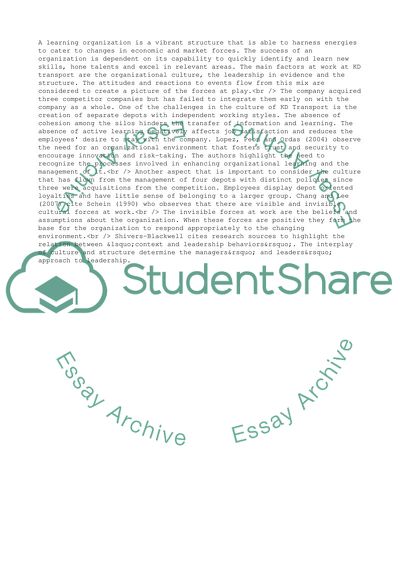Cite this document
(Transport Company That Has Reached a Crucial Juncture in Its Life Case Study, n.d.)
Transport Company That Has Reached a Crucial Juncture in Its Life Case Study. Retrieved from https://studentshare.org/business/1726417-people-work-organisations-master
Transport Company That Has Reached a Crucial Juncture in Its Life Case Study. Retrieved from https://studentshare.org/business/1726417-people-work-organisations-master
(Transport Company That Has Reached a Crucial Juncture in Its Life Case Study)
Transport Company That Has Reached a Crucial Juncture in Its Life Case Study. https://studentshare.org/business/1726417-people-work-organisations-master.
Transport Company That Has Reached a Crucial Juncture in Its Life Case Study. https://studentshare.org/business/1726417-people-work-organisations-master.
“Transport Company That Has Reached a Crucial Juncture in Its Life Case Study”. https://studentshare.org/business/1726417-people-work-organisations-master.


